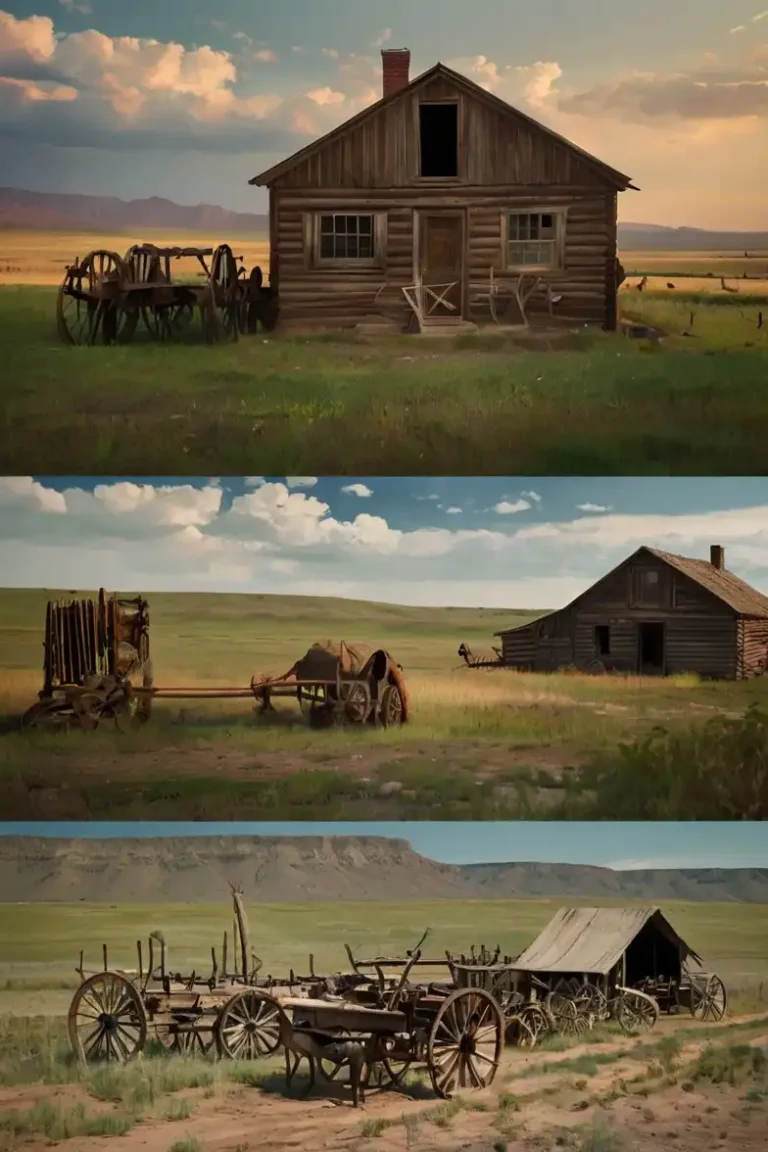The Homestead Act of 1862 stands as one of the most transformative pieces of legislation in American history. Signed into law by President Abraham Lincoln during the height of the Civil War, the act opened up vast tracts of federal land to settlers, shaping the physical and cultural landscape of the United States. By granting ordinary citizens the opportunity to claim land and build a future, the Homestead Act played a pivotal role in westward expansion, economic development, and the creation of a uniquely American identity. This article explores the significance, impact, and legacy of the Homestead Act in building a nation on the frontier.
The Origins of the Homestead Act
The roots of the Homestead Act can be traced back to early 19th-century debates over land policy. As the United States acquired vast new territories through purchases, treaties, and conquest, questions arose about how best to distribute this land. Should it be sold to raise government revenue, or should it be given away to encourage settlement?
Advocates for “free soil” argued that land ownership should be accessible to all, not just the wealthy elite. They believed that empowering individuals and families to own and cultivate land would promote democracy and economic independence. After years of political wrangling and resistance from Southern lawmakers—who feared that free land would empower small farmers and undermine slavery—the Homestead Act was finally passed in 1862.
How the Homestead Act Worked
The Homestead Act allowed any adult citizen (or intended citizen) who had never taken up arms against the U.S. government to claim up to 160 acres of public land. To secure ownership of the land, claimants had to meet three basic requirements:
- Live on the land: Settlers had to establish residence on their claim.
- Improve the land: They were required to build a home, cultivate crops, or otherwise develop the property.
- Stay for five years: After five years of continuous residence and improvement, settlers could apply for a deed to the property.
Alternatively, settlers could purchase the land for $1.25 per acre after living on it for at least six months.
The act was revolutionary in its inclusivity. It extended opportunities to immigrants, freed slaves, single women, and others who might otherwise have been excluded from land ownership. However, Native Americans were excluded from this process, and their lands were often taken without consent.
Challenges on the Frontier
While the promise of free land was enticing, life on the frontier was anything but easy. Settlers faced numerous challenges as they sought to fulfill the requirements of the Homestead Act:
- Harsh environmental conditions: Many homesteaders settled in arid or semi-arid regions where farming was difficult due to limited rainfall.
- Isolation: Frontier life often meant living far from neighbors, schools, and medical care.
- Economic hardship: Building a home, purchasing equipment, and starting a farm required significant resources that many settlers lacked.
- Conflicts with Native Americans: As settlers moved westward, they encroached on Native American lands, leading to violent clashes and displacement.
Despite these hardships, millions were drawn by the promise of owning their own land. Between 1862 and 1900, approximately 600,000 claims were filed under the Homestead Act.
The Impact of the Homestead Act
The Homestead Act had far-reaching consequences for the United States:
- Westward Expansion: The act accelerated settlement of the western territories, helping to fulfill the vision of “Manifest Destiny.” States like Nebraska, Kansas, and Montana owe much of their population growth to homesteaders.
- Economic Growth: By transforming vast stretches of wilderness into productive farmland, the act contributed to America’s emergence as an agricultural powerhouse.
- Social Mobility: The act offered opportunities for individuals and families to rise out of poverty and achieve economic independence.
- Displacement of Native Americans: The expansion of homesteading came at a devastating cost to Indigenous peoples. Many were forcibly removed from their ancestral lands as settlers moved in.
The Legacy of the Homestead Act
The Homestead Act remained in effect for over a century, with its final provisions repealed in 1976 (1986 in Alaska). Over its lifespan, it distributed approximately 270 million acres—nearly 10% of all U.S. land—to private citizens.
Today, the legacy of the Homestead Act can be seen in the rural towns and agricultural communities that dot America’s landscape. It also serves as a reminder of both the opportunities and inequities that shaped America’s history.
FAQs About the Homestead Act
1. What was the main purpose of the Homestead Act?
The primary purpose of the Homestead Act was to encourage westward expansion by offering free or affordable land to settlers willing to develop it.
2. Who was eligible to claim land under the Homestead Act?
Any adult citizen or intended citizen who had not fought against the U.S. government could file a claim. This included immigrants, freed slaves, and single women.
3. How much land could be claimed under the Homestead Act?
Settlers could claim up to 160 acres of public land.
4. What challenges did homesteaders face?
Homesteaders faced harsh environmental conditions, isolation, economic hardship, and conflicts with Native Americans.
5. What is the lasting impact of the Homestead Act?
The act played a key role in shaping America’s agricultural economy and promoting westward expansion. However, it also contributed to the displacement of Native American communities.
6. Why did some people oppose the Homestead Act?
Opposition came primarily from Southern lawmakers who feared it would empower small farmers and undermine slavery.
7. When did the Homestead Act officially end?
The act was repealed in 1976 (1986 in Alaska), marking an end to its provisions.
The Homestead Act remains one of America’s most iconic laws—an embodiment of opportunity and perseverance on one hand, but also a reminder of historical inequities on the other. It is a testament to both human ambition and resilience in building a nation on the frontier.





